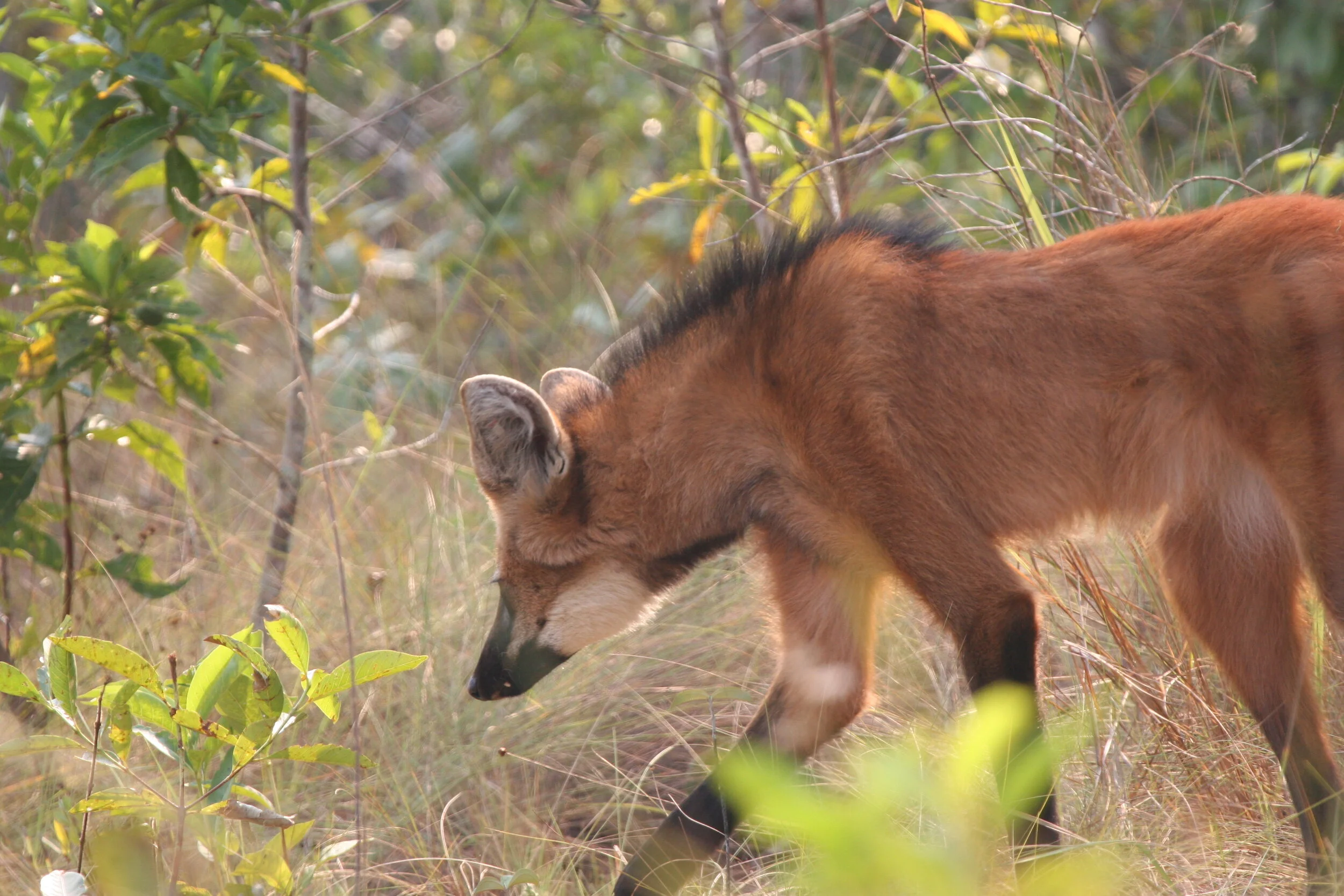What is the first thing that comes to mind when you hear the words zoo or aquarium? Does a favorite animal—lions, tiger-sharks, or bears—or a childhood memory pop up? Alternatively, maybe you are one of the thousands of people that works at a zoo or aquarium, and hearing these words reminds you of a task due tomorrow. Either way, did the words zoo or aquarium get you thinking of Conservation Medicine and One Health? If not, they should!
You may be familiar with Conservation Medicine and One Health as someone who follows this blog series. You may appreciate that these approaches are based on the interconnections and interdependence of the health of animals, humans, and environments. The goal of both is to achieve optimal health for animals, humans, and environments. Conservation Medicine and One Health are transdisciplinary approaches that provide a blueprint to help us tackle the conservation and public health challenges of the 21st century.
A scientific survey of zoos and aquariums working in Conservation Medicine and One Health
In 2020, we published the article, Conservation Medicine and One Health in Zoos: Scope, Obstacles, and Unrecognized Potential, in the journal Zoo Biology (https://doi.org/10.1002/zoo.21572). Data presented in the article are from a semi-quantitative survey conducted in 2016 of 132 Association of Zoos and Aquariums (AZA)‐accredited zoos.
The data show great things.
We were pleasantly surprised to learn that the majority of responding zoos are doing some form of Conservation Medicine / One Health (CM/OH) activities. Eighty-four percent of the zoos stated they are actively engaged in CM/OH activities, and 12% house formal CM/OH programs. Another 8% said their institutions were developing CM/OH programs. (Five years on, and one pandemic later, it would be great to repeat the survey to see how much more CM/OH work is being conducted at AZA-accredited zoos.)
Perhaps of more interest is our finding that zoo size did not have a significant bearing on the financial amount allocated toward an institution's CM/OH activities. This result suggests that all zoos, regardless of size, can make meaningful contributions to the growing CM/OH movement and that all zoos can help shape the many roles of zoos in Conservation Medicine and One Health.
We also found that the zoo community is forming partnerships with a variety of other organizations. Among those surveyed, 68% of the CM/OH partnerships were with government agencies; 61% with non-Governmental organizations; 47% with universities that are not affiliated with a veterinary or medical school; and 39% with veterinary schools.
Why does this matter?
As wildlife conservation and human public health challenges escalate, increasingly evident by large-scale wildfires, a global pandemic, and daily reminders of species extinctions, zoos and aquariums must continue to address these challenges. To do so, as seen in our survey, many zoos and aquariums are leading CM / OH activities and participating on transdisciplinary One Health teams. Zoos and aquariums are helping perform the scientific study necessary to amass evidence based data to direct their conservation medicine actions, ex-situ and in-situ (fence to field).
In this age of the Anthropocene, where nature is being stretched to its limit, zoos and aquariums are serving as leaders and collaborators on multi-discipline and multi-institutional teams that advance Conservation Medicine and One Health. Through these efforts zoos and aquariums are proving to be Centers of One Health excellence, providing healthcare that supports planetary health.
Citation
Sulzner K, Fiorello C, Ridgley F, Garelle D, Deem SL. Conservation medicine and One Health in zoos: Scope, obstacles, and unrecognized potential. Zoo Biology. 2020;1–8. https://doi.org/10.1002/zoo.21572



